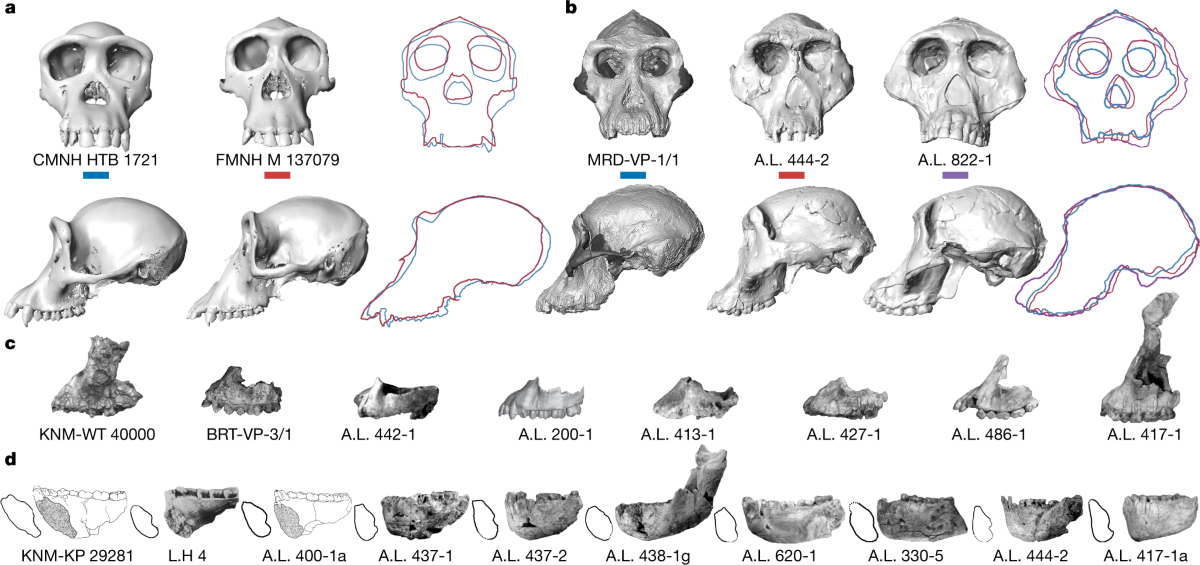Natural History: Volume 113, No. 9, November 2004 – A Comprehensive Review
The November 2004 issue of “Natural History” magazine, Volume 113, No. 9, offers a rich tapestry of articles that delve into the myriad wonders of the natural world. Published by the American Museum of Natural History, this volume encapsulates a variety of topics that range from detailed studies of specific animal behaviors to broader discussions on ecological and evolutionary principles. This review will explore some of the standout articles and themes that characterize this issue.
Exploring Biodiversity
One of the central themes of this issue is the exploration of biodiversity, highlighting the intricate and interconnected web of life that spans across different ecosystems. The articles not only celebrate the sheer variety of species but also stress the importance of conserving this diversity in the face of human-induced changes.
The Role of Pollinators
A notable article focuses on the critical role that pollinators play in maintaining ecosystem health. Bees, butterflies, and other pollinators are essential for the reproduction of many flowering plants, which in turn support a wide range of other species. The decline in pollinator populations due to pesticide use, habitat loss, and climate change is presented as a significant threat to biodiversity. The article calls for increased efforts to protect and restore habitats to support these vital creatures.
Marine Life and Conservation
Another fascinating piece delves into marine biodiversity, examining the complex life forms that inhabit the ocean’s depths. It discusses the challenges faced by marine ecosystems, including overfishing, pollution, and climate change. The article highlights successful conservation efforts, such as marine protected areas (MPAs), which have shown promise in preserving marine biodiversity and helping depleted fish populations to recover.
Evolutionary Insights
This issue also features several articles that provide insights into evolutionary processes, illustrating how different species have adapted to their environments over millennia.
The Evolution of Flight
One article traces the evolution of flight in animals, from the first insects to the majestic birds and bats we see today. It explores the anatomical and physiological changes that enabled these creatures to take to the skies, such as the development of wings, lightweight skeletons, and powerful flight muscles. The discussion extends to the evolutionary pressures that drove these adaptations, including the need to escape predators, find food, and disperse to new habitats.
Human Evolution
A thought-provoking article on human evolution examines the latest fossil discoveries and genetic research that shed light on our ancestors. It discusses the traits that distinguish Homo sapiens from other hominins, such as bipedalism, larger brain size, and the development of complex tools and language. The article also touches on the ongoing debate about the interbreeding between Homo sapiens and other hominin species, such as Neanderthals and Denisovans, and its implications for our understanding of human evolution.

Animal Behavior
The study of animal behavior is another major focus of this issue, with articles that reveal the intricate and often surprising ways in which animals interact with their environment and each other.
Social Structures in Primates
One article explores the social structures of primates, comparing the behaviors of different species such as chimpanzees, bonobos, and gorillas. It highlights the diversity of social systems, from the hierarchical and often aggressive societies of chimpanzees to the more egalitarian and cooperative communities of bonobos. The article discusses how these social structures influence individual behaviors and group dynamics, providing insights into the evolution of sociality in humans.
Migration Patterns
Another article examines the migration patterns of various animal species, including birds, mammals, and insects. It discusses the navigational strategies that animals use to travel vast distances, such as the use of the Earth’s magnetic field, celestial cues, and olfactory landmarks. The article also addresses the challenges that migratory species face, including habitat destruction, climate change, and human-made obstacles like roads and buildings, and calls for conservation efforts to ensure the survival of these incredible journeys.
Ecological Interactions
Ecological interactions, from predator-prey dynamics to symbiotic relationships, are a key theme in this issue.
Predator-Prey Relationships
An article on predator-prey relationships explores the delicate balance between these interactions and their impact on ecosystem health. It discusses how predators can regulate prey populations, preventing overgrazing and maintaining biodiversity. The article also highlights examples of how changes in predator populations, due to human activities such as hunting and habitat destruction, can lead to cascading effects throughout the ecosystem.
Symbiosis and Mutualism
Another article delves into symbiotic relationships, where different species live in close association and often benefit from each other. It discusses examples of mutualism, such as the relationship between bees and flowering plants, and commensalism, where one species benefits while the other is unaffected. The article emphasizes the importance of these interactions in maintaining ecosystem stability and the potential consequences of disrupting these relationships through environmental changes.
Conclusion
The November 2004 issue of “Natural History” magazine provides a comprehensive overview of the natural world, offering readers a deeper understanding of biodiversity, evolutionary processes, animal behavior, and ecological interactions. Through detailed articles and compelling narratives, this volume not only educates but also inspires a sense of wonder and a call to action to protect the natural world. As we face increasing environmental challenges, the insights and knowledge contained in this issue are more relevant than ever, reminding us of the intricate and fragile web of life that sustains our planet.










